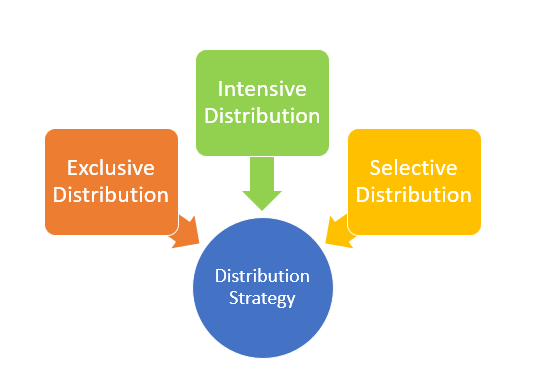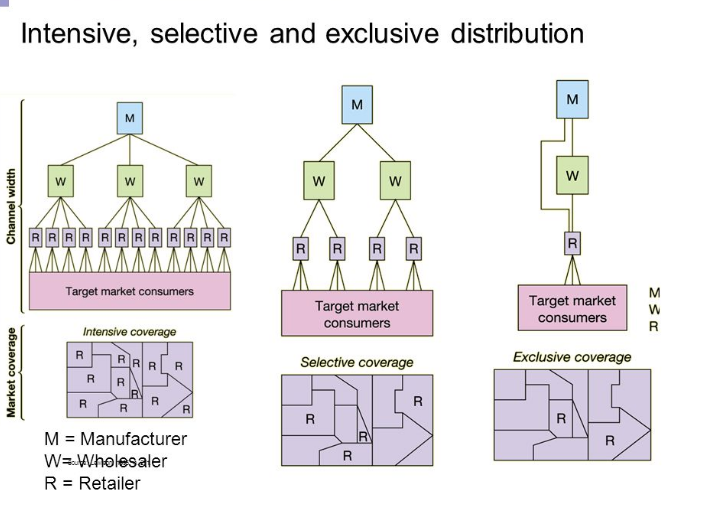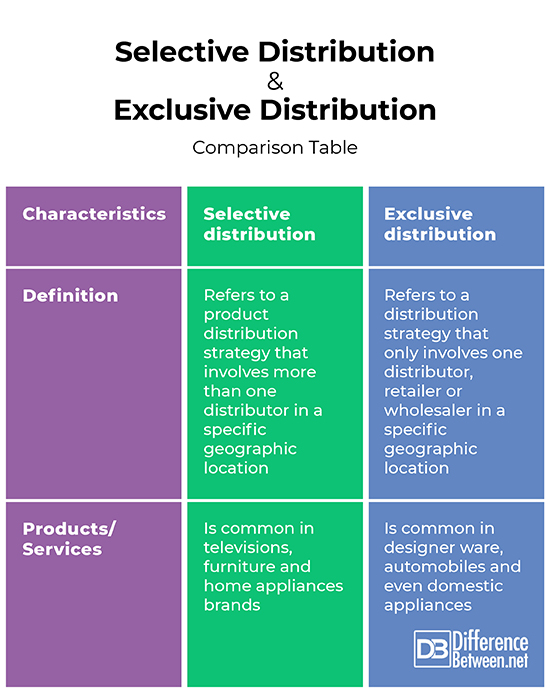Difference Between Selective Distribution and Exclusive Distribution
Expansion to new markets is thrilling and at the same time risk for a brand. A product that is doing well in one market can perform poorly in another. Regardless, expanding to new markets requires brands to stay on top of the sales process, necessitating the need for product distribution. Most brands often ignore product distribution and opt for cheaper and easier strategies as opposed to having a legitimate distribution strategy. In this article, we will look at two types of product distribution strategy, namely selective distribution and exclusive distribution.

What is Selective Distribution?
This is a product distribution strategy that involves more than one distributor in a specific geographic location. This distribution strategy mostly works with products such as televisions, furniture and home appliances. For instance, a television brand that opts to sell their TV sets through selected dealers and retailers engage in a selective distribution strategy. The brand and the selected distributor establish a good working relationship and hence expects remarkable selling efforts.
The advantages of selected distribution include:
- Increased control in the market
- Great market coverage in the chosen location
- Reduction of costs such as marketing and distribution
- Customer satisfaction as the selected distributors offer the best services
- Improved communication between customers and the brand
However, the disadvantages include:
- Decreased penetration of the products in the market
- Disputes with the distributors can be costly to the brand

What is Exclusive Distribution?
This is a distribution strategy that only involves one distributor, retailer or wholesaler in a specific geographic location. This is common in brands or products seeking a high prestigious image. Examples of products that use this strategy include designer ware, automobiles and even domestic appliances. Through the exclusive distributing strategy, brands can easily control the pricing, credit inventory, promotion and service policies.
Advantages of exclusive distribution include:
- Increased sales hence profits. This is because brands can focus their marketing efforts on exclusive distributors.
- Manufacturers get more attention since the number of distributors is limited. Most exclusive distributors even engage in more marketing activities such as exclusive ad placements.
Disadvantages of exclusive distribution include:
- There is an increased dependency on one distributor by a whole brand can be limited to consumers.
- Disputes with the distributor can lead to huge losses. Brands can even lose the entire market due to these disputes.
Similarities between Selective distribution and Exclusive distribution
- Both are distribution strategies that brands can use to ensure their products reach the market
Differences between Selective distribution and Exclusive distribution
Definition
Selective distribution refers to a product distribution strategy that involves more than one distributor in a specific geographic location. On the other hand, exclusive distribution refers to a distribution strategy that only involves one distributor, retailer or wholesaler in a specific geographic location.
Products/ Services
Selective distribution is common in televisions, furniture and home appliances brands. On the other hand, exclusive distribution is common in designer ware, automobiles and even domestic appliances.
Selective distribution vs. Exclusive distribution: Comparison Table

Summary of Selective distribution vs. Exclusive distribution
Selective distribution refers to a product distribution strategy that involves more than one distributor in a specific geographic location. On the other hand, exclusive distribution refers to a distribution strategy that only involves one distributor, retailer or wholesaler in a specific geographic location. Both distribution strategies have their perks and cons. As a brand, employing the right distribution strategy ensures that customers are retained hence increased profitability.
- Difference Between Profit Center and Investment Center - July 2, 2022
- Difference Between Anti-Trust and Anti-Competition - June 6, 2022
- Difference Between Stocktaking and Stock Control - June 6, 2022
Search DifferenceBetween.net :
Leave a Response
References :
[0]United States. Congress. Senate. Distribution Problems Affecting Small Business. U.S. Government Printing Office, 2006. https://books.google.co.ke/books?id=ALkTAAAAIAAJ&pg=PA292&dq=Difference+between+Selective+distribution+and+Exclusive+distribution&hl=en&sa=X&ved=2ahUKEwjYvuGthurvAhUqRxUIHV3oA0YQ6AEwAHoECAAQAg#v=onepage&q=Difference%20between%20Selective%20distribution%20and%20Exclusive%20distribution&f=false
[1]Rose S & Mendelsohn M. Guide to the EU Block Exemption for Vertical Agreements. Kluwer Law International B.V., 2002.https://books.google.co.ke/books?id=zsNL8Bwt-PQC&pg=PA125&dq=Difference+between+Selective+distribution+and+Exclusive+distribution&hl=en&sa=X&ved=2ahUKEwjYvuGthurvAhUqRxUIHV3oA0YQ6AEwAXoECAMQAg#v=onepage&q=Difference%20between%20Selective%20distribution%20and%20Exclusive%20distribution&f=false
[2]Verma. Services Marketing: Text And Cases. Pearson Education India, 2007. https://books.google.co.ke/books?id=EaADbjcwnrYC&pg=PA81&dq=Difference+between+Selective+distribution+and+Exclusive+distribution&hl=en&sa=X&ved=2ahUKEwjYvuGthurvAhUqRxUIHV3oA0YQ6AEwBnoECAcQAg#v=onepage&q=Difference%20between%20Selective%20distribution%20and%20Exclusive%20distribution&f=false
[3]Image credit: https://www.mbaskool.com/2017_images/stories/dec-images/distribution_strategy.png
